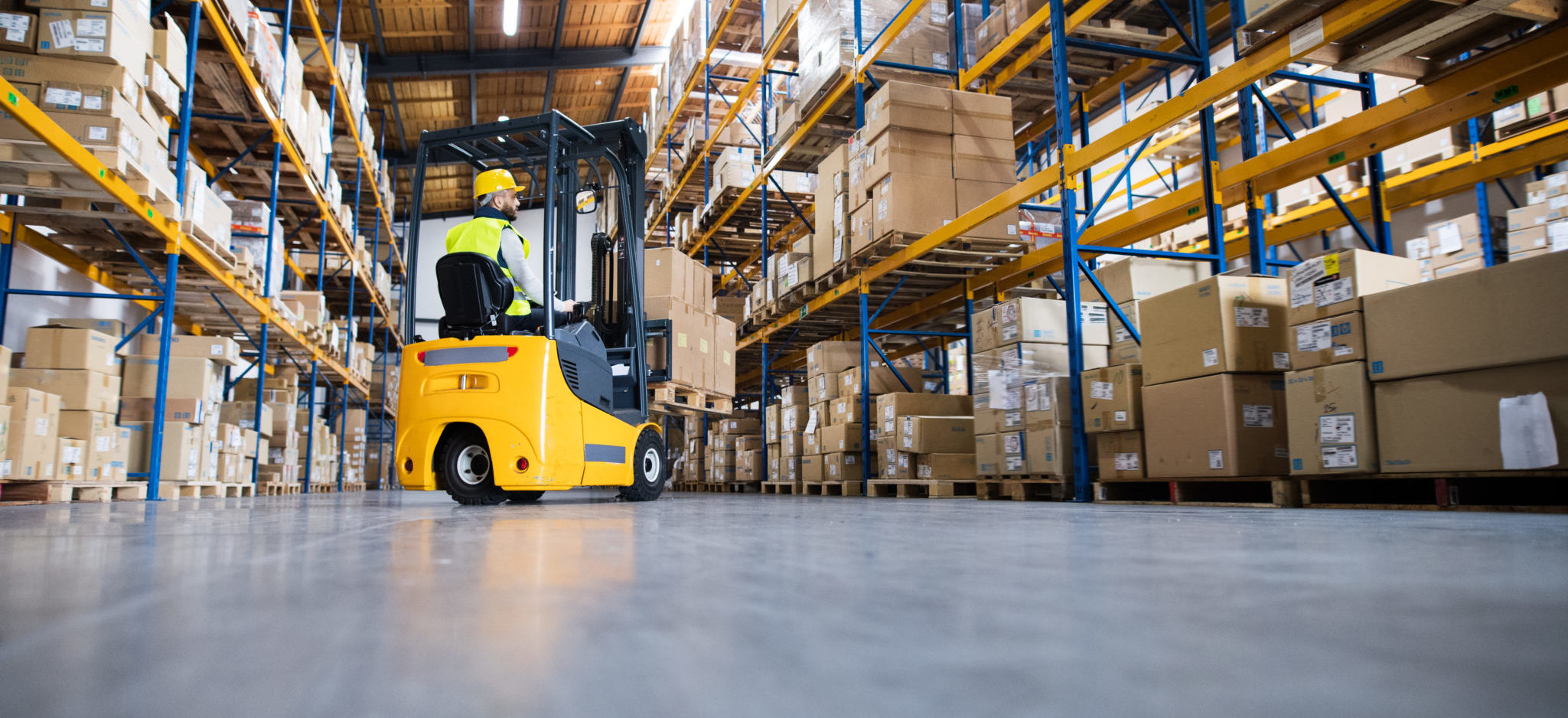
Efficient picking through precise ETA data and transparent processes
If a company operates its own warehouse or even acts as a consignor of goods, there is another important department involved before the actual transport of the goods can take place, in addition to scheduling, which has to plan the goods into orders and tours: The employees in warehousing and order picking are responsible for optimally preparing the goods for transport.
However, before even one pallet or transport crate has left the company’s own yard, there can already be considerable delays in the process, which have a massive impact on the upcoming transport planning. All companies are therefore united by a strong interest in making the best possible use of their – usually scarce – resources in order to avoid delays in the warehouse and in order picking. The basic rule is:
The goods must be made available, in time, so that arriving trucks can be loaded without delay. Ideally, this is done just-in-time or on time. And not unnecessarily ahead of time, so as not to have to tie up or occupy resources, working time and the necessary space at the loading points.
Making Flexible Resources more Plannable
However, in order to ensure timely provision in daily practice, optimally plannable and flexible working hours are required. The exact planning of breaks and working hours of the employees in the warehouse and order picking is essential here. For example, breaks can be scheduled for quieter phases, while as many employees as possible are ready to provide support when many trucks arrive. Planning does not necessarily always have to be done directly by a department, warehouse or shift manager: In principle, it would be desirable for the employees concerned to be enabled to plan their working time on their own responsibility.
However, the implementation of this exact planning of resources is only possible under the condition that all employees in the warehouse know the realistic arrival times of all incoming trucks. In daily operations, this information is often only available – if at all – in the scheduling department itself. It is not only the initial route plans that are created there. This is also where the drivers’ feedback from daily business is received. This, in turn, has a timely impact on the further routes during the course of the day and also influences the planning and work in the warehouse.
Intelligent Software for Accurate ETA Data
Only a few Transport Management Systems today can calculate accurate ETAs – expected arrival times of trucks – for their own warehouse and depot locations. The continuous check-ins/updates required as a result of disruptions in the tour sequence present endless problems for many providers. Intelligent Software Solutions that are fed directly and continuously with Telematics Data live from the trucks can provide a remedy here. They also work with mathematically supported Forecasting methods in order to incorporate all relevant data streams from routing, traffic information, or even weather influences into the calculations – and then provide precise ETAs fully automatically.
If such a system (which takes into account the arrival times of the company’s own trucks at different locations in the scheduling) is already in use, then why not also use this information in a value-added way in picking and in the warehouse? And how exactly can it be ensured that this information reaches the warehouse? While cooperation between MRP and the warehouse is more than desirable in terms of business processes, additional disruptions in the already often hectic MRP process must be avoided. Constant enquiries and frequent coordination between the two departments must therefore be reduced to a minimum.
Ideally, companies use a dedicated Arrival Monitor (also called ETA Monitor) for this purpose. On the one hand, a corresponding solution must be simply designed and easy to understand, and on the other hand, it should be tailored exactly to the needs of the warehouse staff. Dispatchers are used to doing most of their work on a PC, usually even with several monitors running in parallel. In the warehouse, the work is usually much more physical. Relevant information must therefore be displayed as clearly as possible and be present at all times. Often, a large screen in a central position displaying essential information for the respective area can be helpful. Depending on the size of the warehouse, several monitors at different locations can also be helpful, especially if several ramps are used in parallel.
The introduction of an Arrival Monitor creates added value for all sub-areas in the company.
Direct Added Value for all involved
Regardless of whether it is for the warehouse clerk or the driver – the introduction of an Arrival Monitor in the warehouse creates added value for everyone involved. Warehouse employees are fully informed about upcoming Truck Arrivals and therefore optimise further processes, times and the areas to be ‘managed’ in the warehouse. And last but not least, the driver, who is pleased about punctual loading and departures. And thus starts the next tour with less stress. In short: in addition to the obvious economic benefit for the company, in that areas become available and times can be planned, the personal benefit for the employees also stands out. They always feel well informed, work more efficiently and are more motivated. The following case study shows how companies can benefit from precise ETA Data in the warehouse..
Conclusion
Nowadays, more and more companies use Digital Solutions for the Dispatch and Placement of their vehicles. In order to realise the added value of these solutions usable in other departments as well, usually only a small step with little investment is necessary, which then in turn creates highly positive effects on key performance indicators and the employees.


